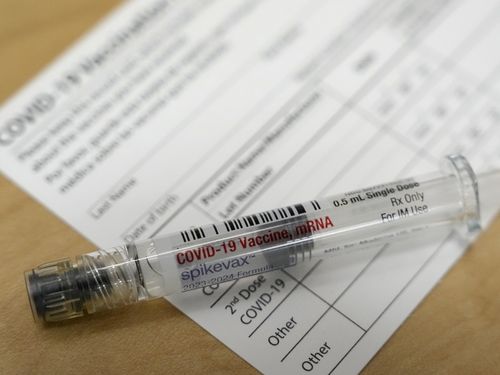At-risk groups should also be receiving a second annual booster shot five months after their first.

The scientists from Yale’s Centre for Infectious Disease Modeling and Analysis compared five annual vaccination strategies to see which was most effective at preventing hospitalisation and death – as well as averting billions in health care costs.
An annual single-dose campaign was compared against four other scenarios involving booster shots for a range of different age groups and at different time intervals.
They found that a single dose given to the whole population followed by a booster dose for those aged over 50 and under two years was the most effective at reducing levels of hospitalisation and death from COVID-19.

The latest COVID-19 strain spreading across the world
While a single-dose campaign did result in a moderate reduction in severe disease and death, the booster shots further reduced the number needing hospital treatment by 15 per cent and the number of deaths by 18 per cent.
For a population the size of the United States, it also represented a dollar-value savings of $US3.53 billion ($5.55 billion) in direct healthcare costs alone.
The research backs up a proposal by the US Drug and Food Administration to establish a population-wide annual vaccine program across the US, with a booster dose for those over 50 and under two.

It is expected that over time, COVID-19 infection will occur in seasonal waves similarly to influenza.
Establishing patterns of widespread vaccination coming into these seasonal peaks will help to reduce the disease burden, according to the researchers.
Younger adults under 65 are only suggested to “consider” annual vaccination “after speaking with your healthcare provider”, while under 18s aren’t being recommended to get vaccinated at all unless they have medical conditions that increase their risk.







